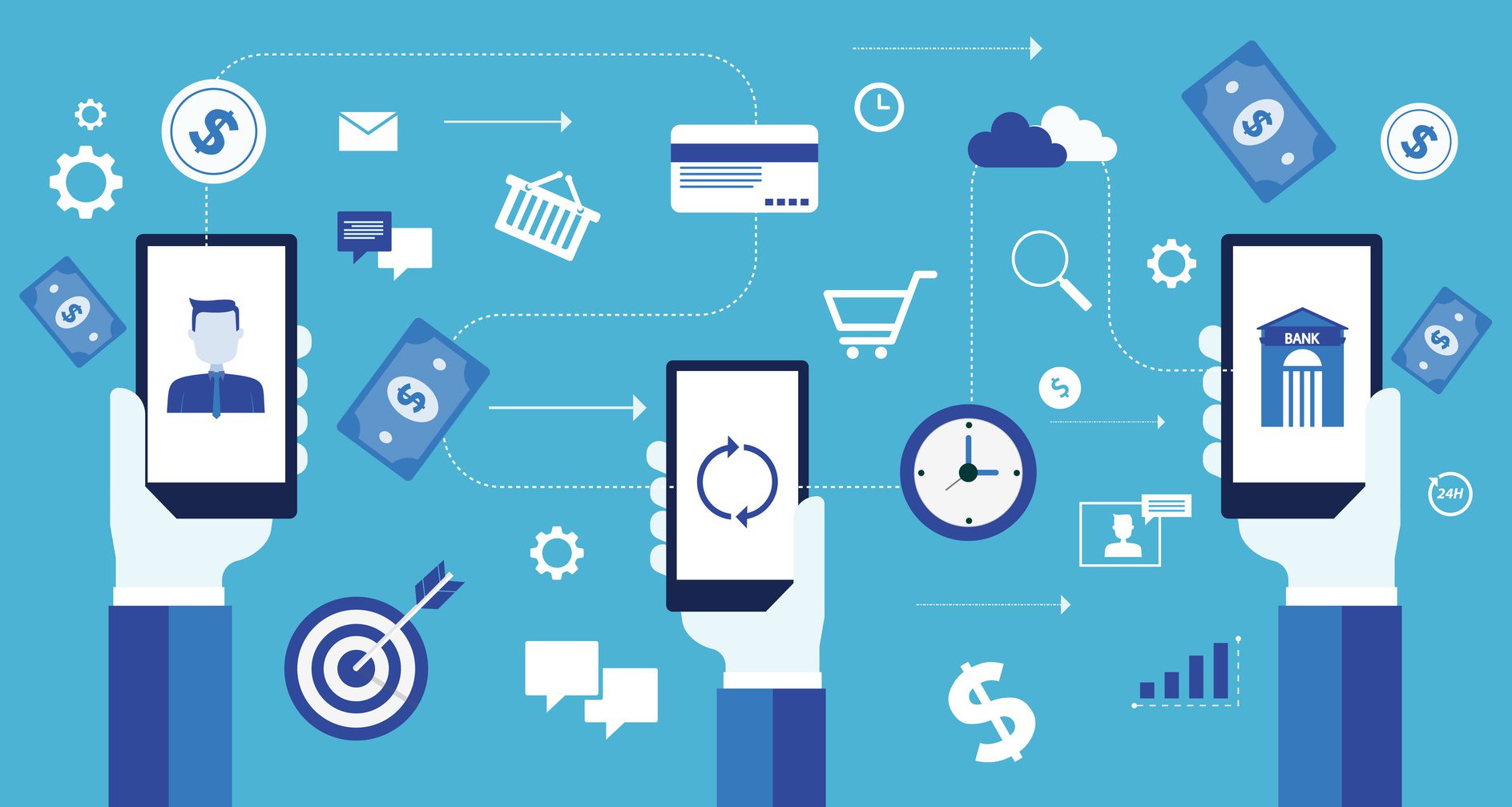Shopkick is getting closer to having theepitome of what a mobile-payments wallet should have and support.But it’s not quite there yet.
Its recent update now enables users to pay directly within the apponline using preregistered card credentials, but users still cannotpay using the app at checkout within stores. Shoppers, however,automatically receive rewards, or “kicks,” when they swipe aMasterCard or Visa when paying at the point of sale. That’s nice,but it would be better if shoppers could pay with theirpreregistered card in stores through the app just as they can foronline purchases. Perhaps that’s in the works.
As Shopkick works on future app updates, here’s my recommendationfor how to make using the app simpler than pulling a credit cardout of a wallet and swiping it in a payment terminal, whichultimately will be necessary for m-payments wallets to succeed overthe long run:
• Instead of having to manually open the app before entering orwhile in the store to receive or activate “kicks” rewards, enablethe app to launch itself. Sonic signals within participating storesalready communicate with the app. Perhaps they could activate it aswell (on an opt-in basis, of course). Not sure the technology toautomatically open apps is yet available, but once it is, and it’ssecure, Shopkick should jump on it, as should all other m-walletproviders. Consumers will grow tired (and many already are) ofhaving to remember to open mobile-payment and loyalty apps andwhich stores participate. Automating the process will remedy this”app killer.”
• Add a geolocation service to the app for payments and promotions.Just as PayPal and Square already do, enable clerks to identifyparticipants in stores automatically by having their pre-embeddedphotos from the app appear on the mPOS tablet used atcheckout.
• While shopping, customers could use the Shopkick app to selectwhich items to purchase, perhaps by scanning their barcodes, andplace them in their cart. Or while at home or at the office theycould select the items to buy and pay for them with the app, andthen pick them up at the store. Through geolocation, all the clerkwould have to do at checkout is click on the customer’s picture tocomplete the sale, using the preregistered card for payment if thecustomer didn’t previously pay.
• To facilitate faster checkout, stores could deploy special scalesto weigh carts containing the items the customer selected earlieror scanned using the app in the store to ensure the price matcheswhat it should be for the combined weight of the products beingpurchased, similar to how self-scan checkout works in stores today.This would alleviate clerks having to scan items individually tovalidate the sale. Perhaps eventually, carts could automaticallyscan items or use some other means to note what’s placed in thebasket and communicate this information with the app andstore.
• Once the checkout process is complete, automatically load theapp with kicks rewards and promotions geared around the shopper’sbuying habits learned over time to help encourage return visits tothe merchant.
As technology improves, customers ideally should have to do lessand less when shopping in stores using mobile apps. Eventually,consumers shouldn’t even have to take their phones out of theirpockets while shopping as apps automate the process. Moreover, theincreased automation at checkout will help merchants save moneywhile also providing a better experience for their customers tohelp boost revenue.











